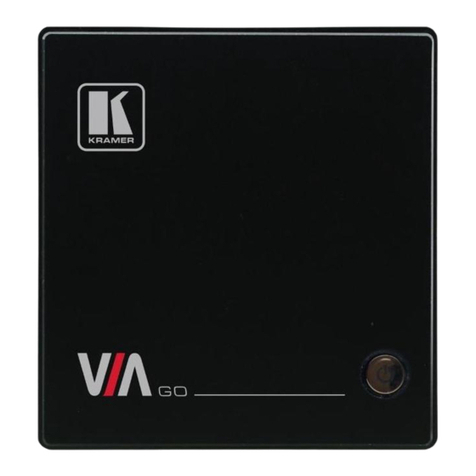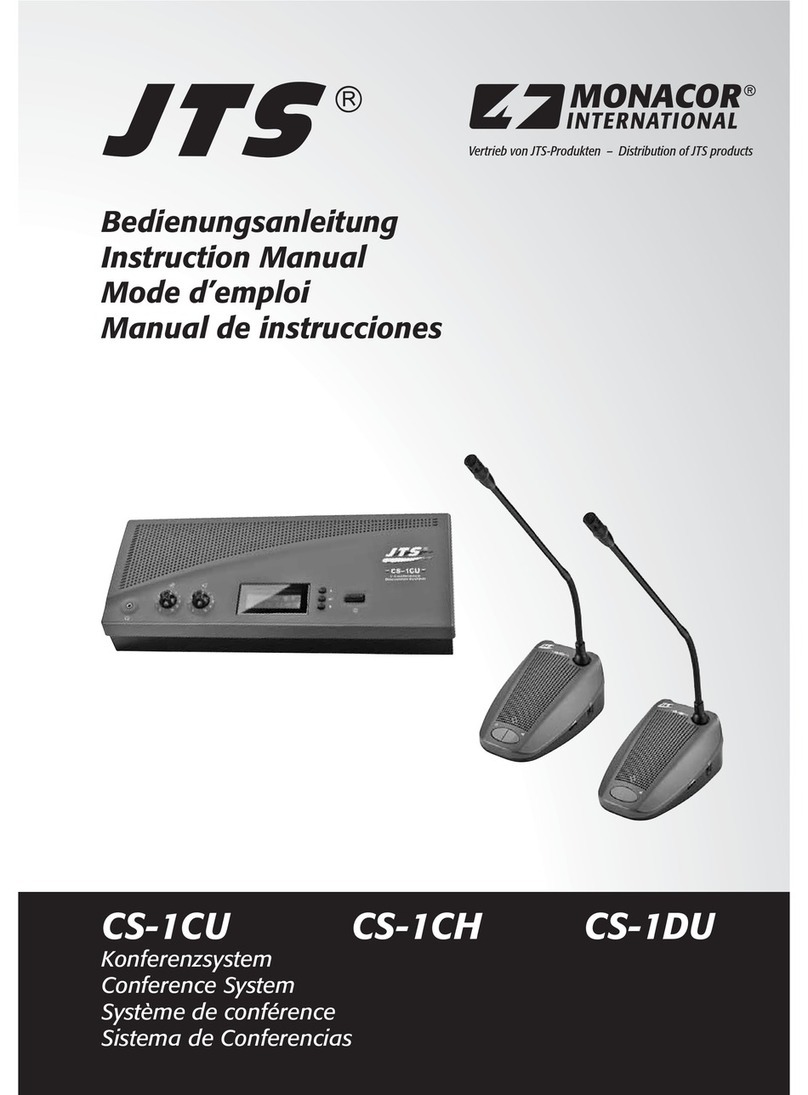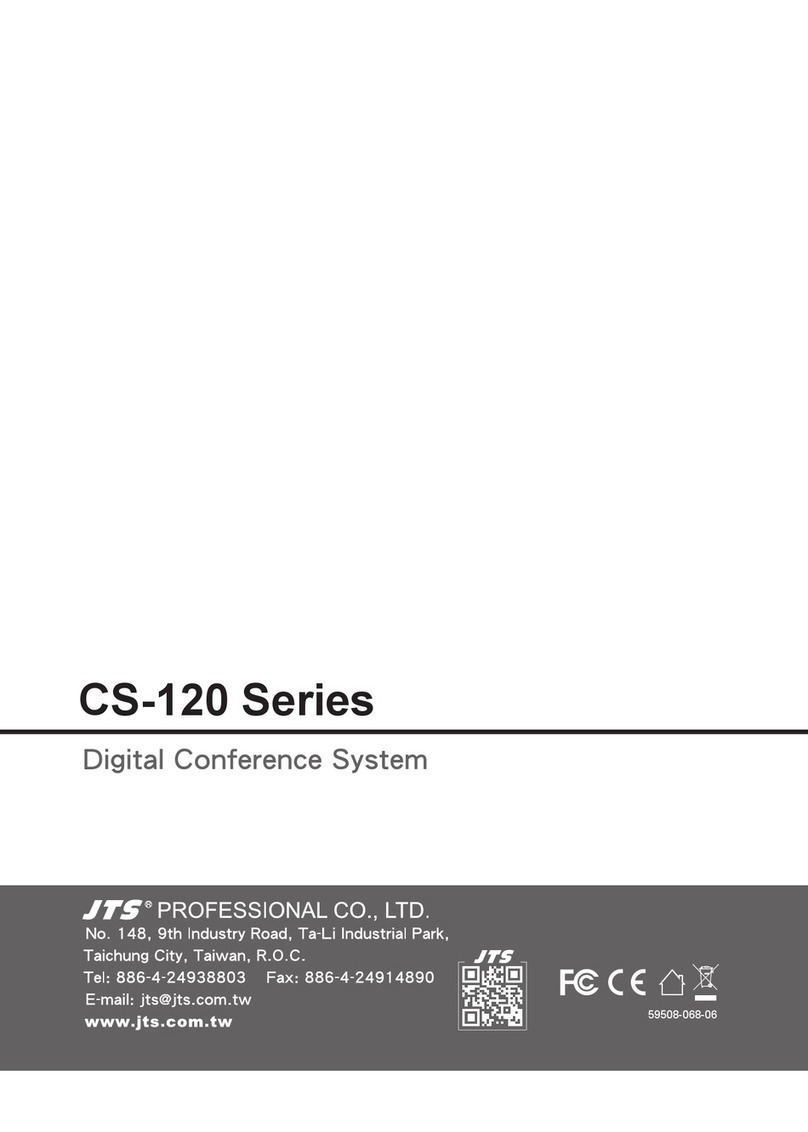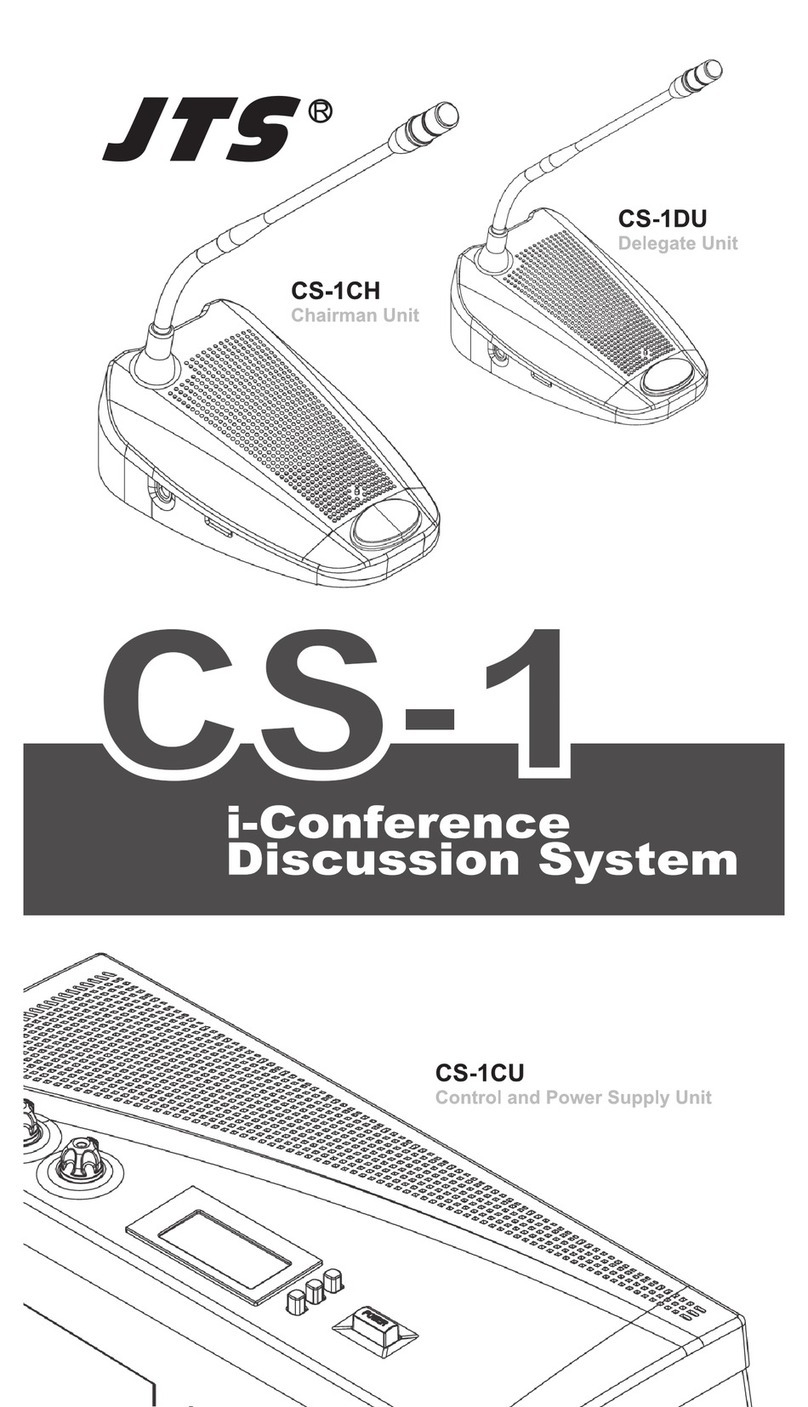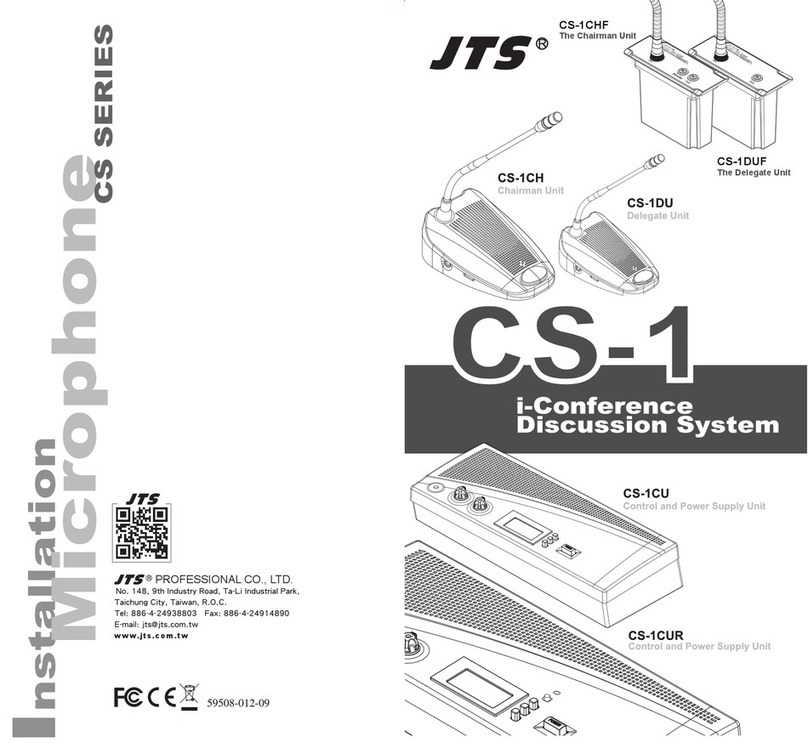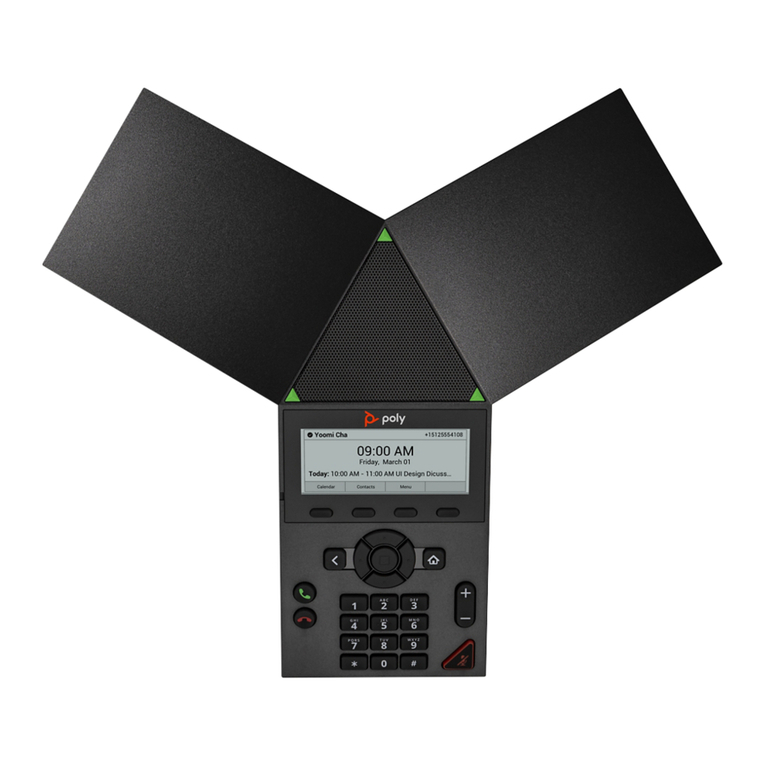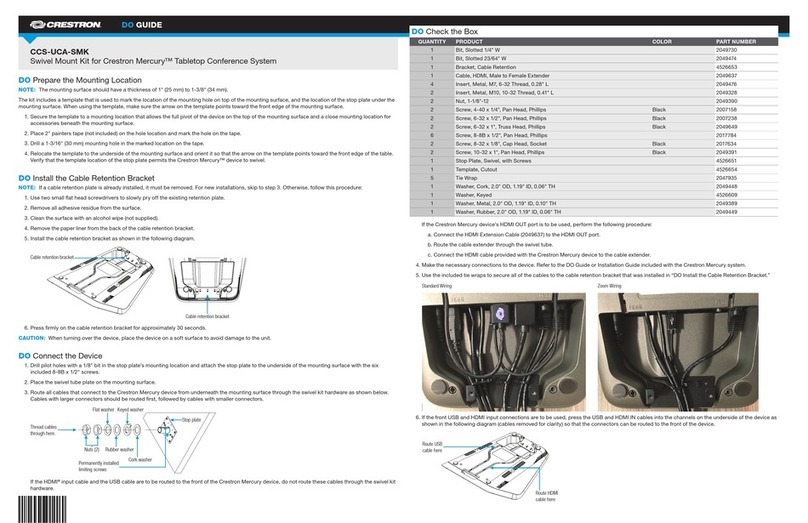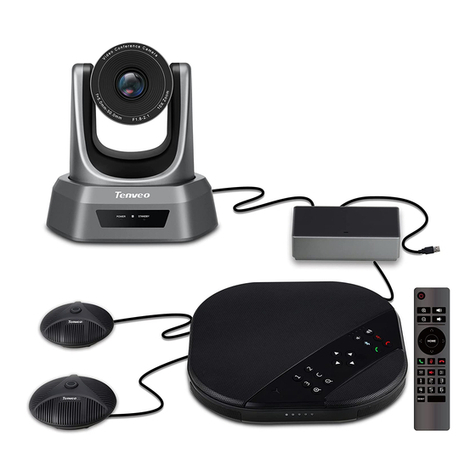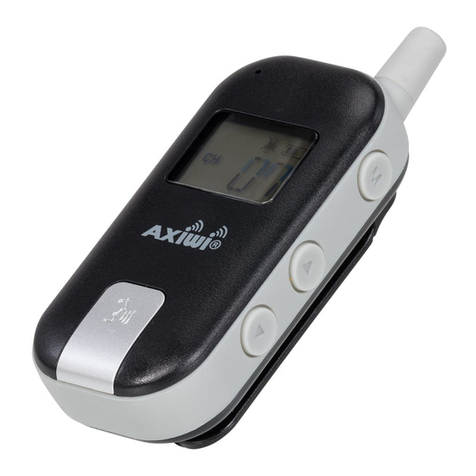
1. The warranty card must be presented with the date of purchase and attached at the bottom of the
machine to ensure the validity of warranty service.
2. The warranty is valid for one year starting from the date of purchase shown on
''warranty label'' attached to the product; alternatively, the warranty is valid for 15 months starting from the date
the product was manufactured if the ''warranty label''
is missing on the machine. If the microphone is returned for service but with the machine, the warranty is valid for
15 months starting from the date of manufacturing shown on the microphone.
3. If malfunction occurs under normal operations according to the instruction manual while the warranty is still valid,
please call the shop where you purchased the
product for warranty service.
4. It is important to return both the machine and microphone back to the shop for
service, since this makes it easier to identify where the possible problem is and
determine whether a service fee is needed.
5. JTS will provide service free of charge while the warranty is still valid. However, A fee for parts and/or service may
be charged for the following:
a. Damage due to natural disaster or any other irresistible factors;
b. Damage due to dropping, immersion in water, exposure to high humidity, corrosion, ingress of alien objects,
or loss of parts;
c. Consumables are not part of the warranty; or
d. The ''warranty label'' is not found on the machine or the ''warranty label'' is damaged to the point that the validity
of warranty is not recognizable.
6. Keep this warranty card at a safe place, as the warranty is invalid with a lost
warranty card.
One-Year Warranty Card
Product model Serial number
Customer Phone number
Address
Date of purchase
Distributor's
shop seal
The distributor's shop seal and date of purchase are
required for the warranty to be valid!
Warranty Service
